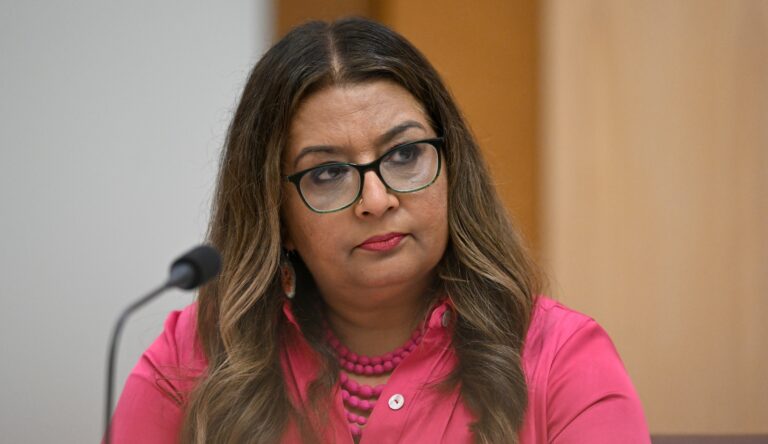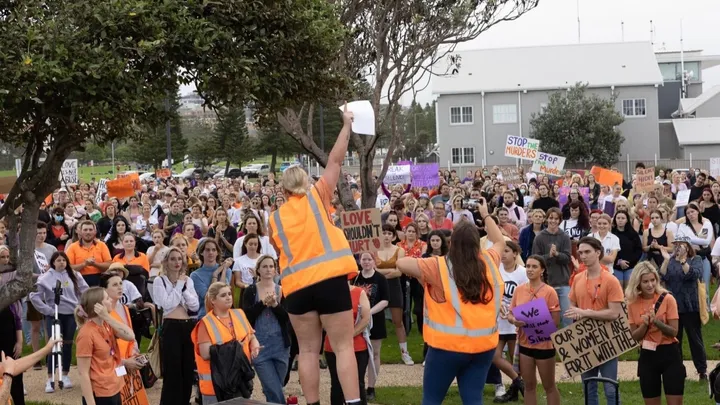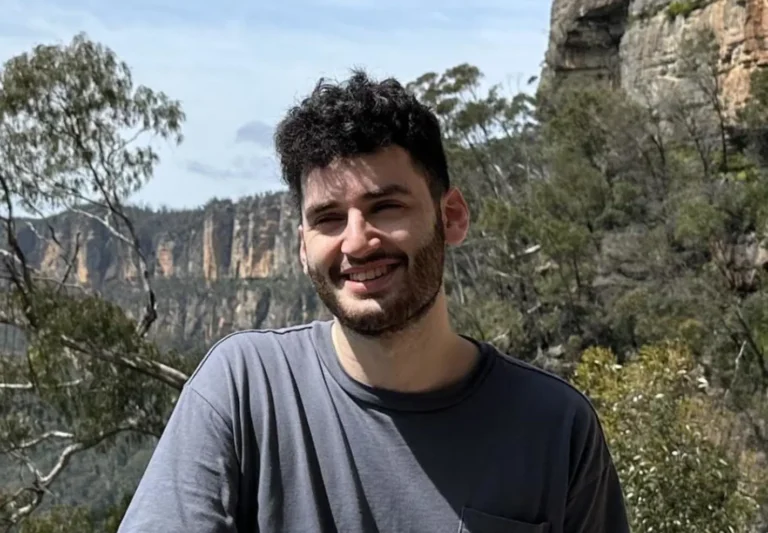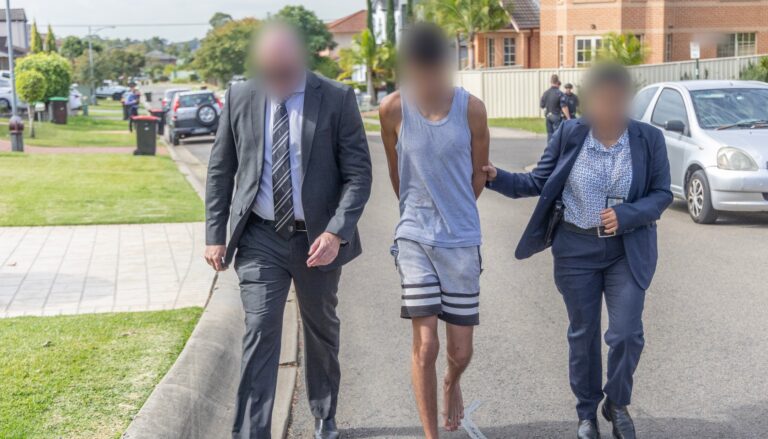
Investing in crime
For street artists, there’s a fine line between art and crime. The Oscar Wildes of the twenty-first century, they are adored and persecuted for their expression. They are the toast of chardonnay-drinking art-lovers and the target of police operations.
A Sydney exhibition, Mars Attacks, launches next week at the Red Bull Gallery, Alexandria, which brings together a mix of freestyle graffiti, stencil, posters and graffiti photography from around the world. The National Gallery’s Space Invaders, which exhibits 150 works from over 40 street-artists during the last decade, begins this month.
“We’re seeing big galleries exhibit our art for the first time, and it’s definitely built up over the last five years as a legitimised art form,” says ‘Meggs’, from the infamous Melbourne-based ‘Everfresh’ collective, whose work hangs in both exhibitions.
“I never intended to do gallery stuff. But we just take what we do on the streets on turn it into a fine art… It’ll only build awareness and strengthen the culture,” ‘Meggs’ says.
Graffiti art has been driven by urban grit, reaction and anarchy in 1980s back alleyways. Street credibility and persecution demands anonymity. ‘Meggs’ has been “arrested a couple of times” and doesn’t mention his real name, on the record.
Zero-tolerance reigns supreme. Under the NSW Graffiti Control Act 2008, amended prison sentences have doubled: one year for unlawful graffiti, and six months for possession of graffiti implements with unlawful intent. On-the-spot fines are issued to retailers who sell spray cans to minors. Police target hotspots and match tags with known data.
NSW Police Minister Michael Daley said: “This is about reclaiming our streets, our laneways and our public spaces that have too often become ugly no-go zones.”
The world’s most famous street artist, Banksy, believes street art is a reaction “against society’s headlong march into conformity.” His works have recently sold for hundreds of thousands of dollars and he “can’t believe you morons actually buy this shit.”
Yet Melbourne City Council recently removed an illegal Banksy- to much dismay. Council attitudes in Sydney are similarly more concerned with erasing, rather than facilitating street art.
‘Mistery’, a graff-artist who’s part of the grass-roots May Lane project in St. Peters that sees 200 yards of criss-crossed art endorsed by private businesses and residents, believes “legal walls have a preventative effect on vandalism. Kids have lots of energy and if you don’t manifest that in a positive way, it manifests in a negative way.”
One such project is Bondi Beach’s promenade, which Mars Attacks artists will take to next week, including Marsha Meredith. She is part of a new breed of pop-founded street artist whose mix of prints, pastes and graffiti photography steers away from traditional political, hip-hop styles. She seeks legal avenues for art. She doesn’t hide behind her street tag- 2026 (Bondi’s postcode)- or follow ‘old-school’ rules. Conflict comes into play.
“In the street world, they think if you do gallery stuff, you shouldn’t do art on the street… But I want to be involved with my community,” Meredith says.
But as prohibition drives street anarchy, they are all graffiti artists before the law. (Do the lawmakers know the difference?).The Australian experience is typical of the global movement: perceived as a great investment and a social illness.
As street art arrives in the gallery, and achieves a price tag, ‘Meggs’ says its natural home is still on the street: “So much public space is controlled by advertising and big business. What’s seen as important is property and real estate prices. I feel that street art gives freedom of expression- that people belong to that space. It’s art for art’s sake.”
*Mars Attacks exhibits at the Red Bull Gallery, Alexandria, from October 15 to November 13; Space Invaders opens at the National Gallery on October 30, and exhibits until 2011.









